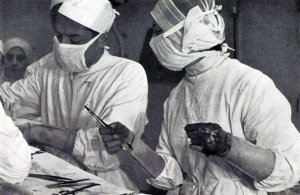
"doc. scientifico"/scientific documentary
"Operazioni, III, realizzato da Gian Luigi Dorigo, nella Sala Operatoria della Divisione Chirurgica Ortopedica del prof. Francesco Delitala, Ospedale Civile di Venezia. Il film fa parte della Serie delle Operazioni che Gian Luigi Dorigo sta realizzando con l'intento di interpretare gli interventi chirurgici in forma non inespressiva, come fino ad oggi i documentarii scientifici, ma valendosi dei mezzi precipi del cinematografo, e in una parola, del montaggio, per la più chiara ed evidente dimostrazione dell'assunto. La pellicola col titolo Una Mattina di Operazione ha partecipato ai Littoriali riscuotendo vivo interessamento. Gian Luigi Dorigo descrive in un articolo su questo numero le sue opinioni nei riguardi del film scientifico."
"Operations, III, made by Gian Luigi Dorigo, in the Operating Room of the Orthopedic Surgery Division of Prof. Francesco Delitala, Civil Hospital of Venice. The film is part of the Series of Operations that Gian Luigi Dorigo is making with the intent to represent the surgical interventions in an expressive way, as up to now the scientific documentaries, but availing himself of the specific means of cinema, and in a word, the montage, for the clearest and most obvious demonstration of the thesis. The film with the title Una Mattina di Operazione (A Morning of Operation) participated in the Littoriali, attracting great interest. Gian Luigi Dorigo describes his opinions on scientific films in an article in this issue."
—Il ventuno 28 (Review of the G.U.F. of Venice), May 1935, p. 16"
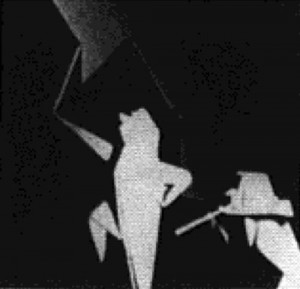
"Many forms of art originated in old Japan. Here is a demonstration of a unique and improbably one that began as entertainment for children. Origami, the art of paper folding, is charmingly portrayed and described in this very imaginative film. One of the Ten Best, it will be enjoyed in the 1963 Top of the Ten pack" PSA Journal, Oct. 1963, 40.
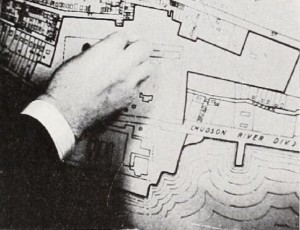
"Ossining in Wartime is a sincere cinematic record of civilian war activities which every community in the land would be pleased and proud to have. It was not an easy production to complete. Conceived only in the later years of our war effort, the majority of the picture's sequences had to be especially recreated for the ubiquitous camera of its producer, Robert F. Gowen. Newspaper headlines, posters, placards and an occasional subtitle maintain the film's episodic continuity from the earliest efforts of airplane spotters and air wardens to the final joyous ceremonies marking victory over Germany and Japan." Movie Makers, Dec. 1945, 496.
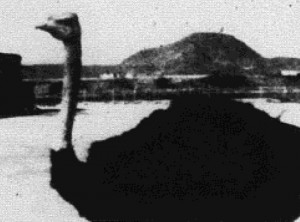
"The Ostrich Story by R. D. Charlton, a PSA member of Alexandra Headland, Queensland, Australia. Roy has many past winners to his credit and this film can only add to them with an unusual subject such as this. This 5-minute 8mm film was awarded an Honorable Mention" PSA Journal, Nov. 1971, 42.
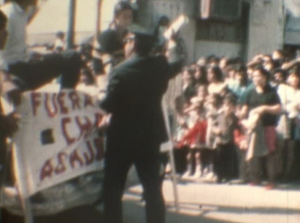
"En este cortometraje se narra la resistencia al régimen en la ciudad de Monterrey, en el estado de Nuevo León, a través de varios frentes: la irrupción de un grupo de sindicalistas independientes en el desfile oficial del 20 de noviembre, con la presencia del gobernador Luis M. Farías; la invasión de tierras y la presencia de organizaciones vecinales en Topo Chico; los muertos por un accidente laboral en la Fundidora Monterrey; las huelgas de obreros de la CTM y de panaderos de la CROC (dos poderosos sindicatos oficiales), o la actividad vecinal del Grupo 2 de Octubre en la colonia Días Ordaz" (Vázquez Mantecón, 2012).
"This short film tells the story of the resistance against the regime in Monterrey city, in the state of Nuevo León, through several perspectives: the irruption of a group of independent union laborers in the official November 20th parade, with the presence of governor Luis M. Farías; the invasion of land and the presence of neighborhood organizations in Topo Chico; the dead by a working accident in Fundidora Monterrey [Monterrey Foundry]; the strikes of CTM workers and CROC bakers (two powerful official labor unions), or the activities of neighbors of the October 2 Group in Diaz Ordaz vicinity" (Vázquez Mantecón, 2012).
"Harriet Gerry shot this film during an automobile journey from Rosedale to Williams Lake and Soda Creek on the Cariboo Highway, and part of the return trip via the Dog Creek Road, in the summer of 1941" British Columbia Archives.
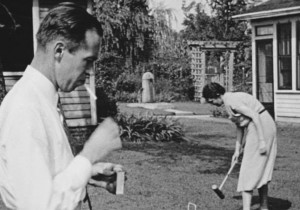
""Our Day" is a smart, entertaining day-in-the-life portrait of the Kelly household, shown in both idealized and comic ways. This silent 16mm home movie uses creative editing, lighting and camera techniques comparable to what professionals were doing in Hollywood. His amateur cast was made up of his mother, wife, brother and pet terrier. "Our Day" also contains exceptional images of small-town Southern life, ones that counter the stereotype of impoverished people eking out a living during the Depression. The 12-minute film documents a modern home inhabited by adults with sophisticated interests (the piano, literature, croquet) and simple ones (gardening, knitting, home cooking). Kelly, a newspaperman, was also an accomplished photographer, painter, and writer. He began shooting film in 1929 and continued until the 1950s." Library of Congress (U.S.)
"Our Friendly Enemies: This unique title has its origin in the fact that the Seminoles are the only native American Indians who have never signed a peace treaty with the government. Ralph E. Gray has chronicled in color with his 16mm Cine Special camera the contemporary life of the Seminoles living in Florida, picturing their activities against the backdrop of modern-day living and habits. Gray's reputation for camera and good editing has resulted in very professional results on the screen. Narration and sound effects on the recorded track round out the superior treatment of this better than average amateur effort." American Cinematographer, May 1951, 190.
Total Pages: 79